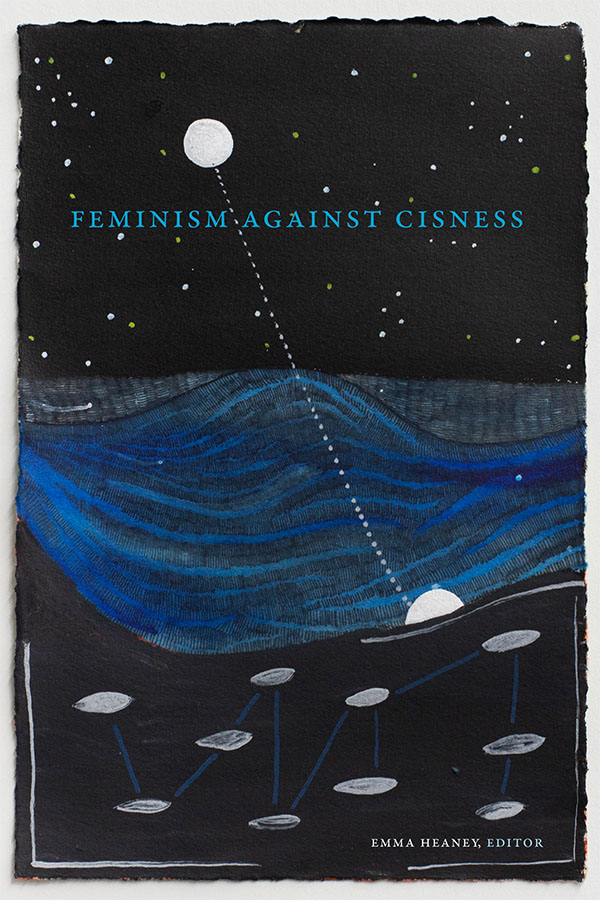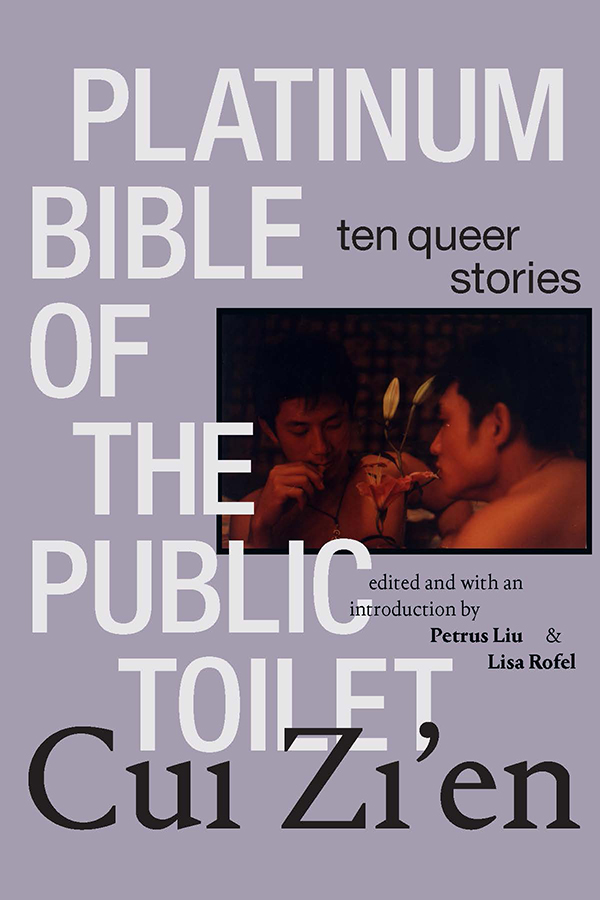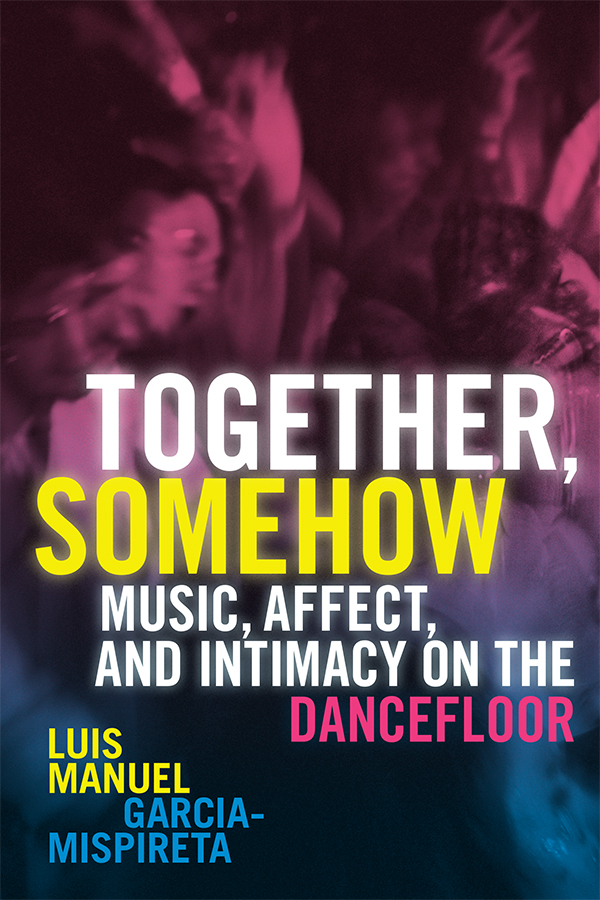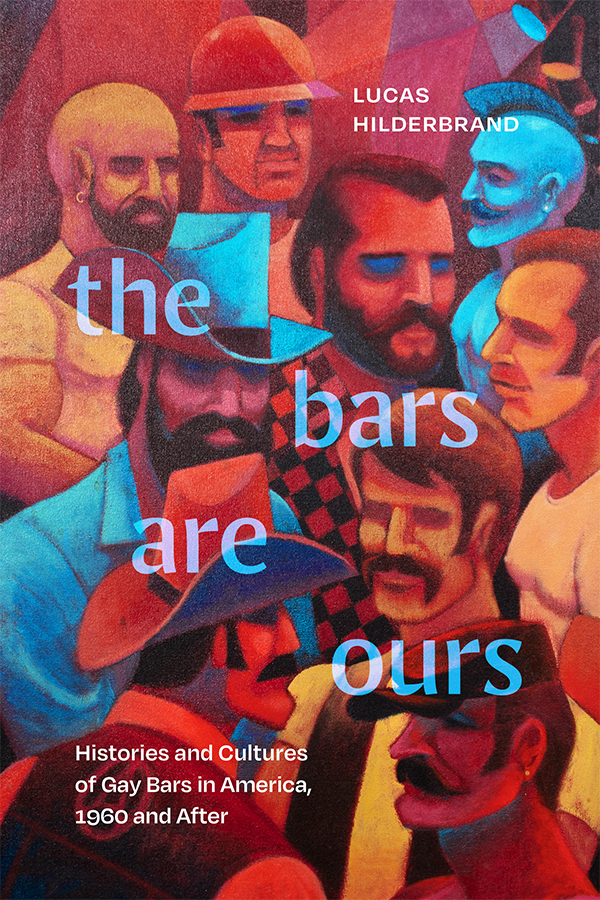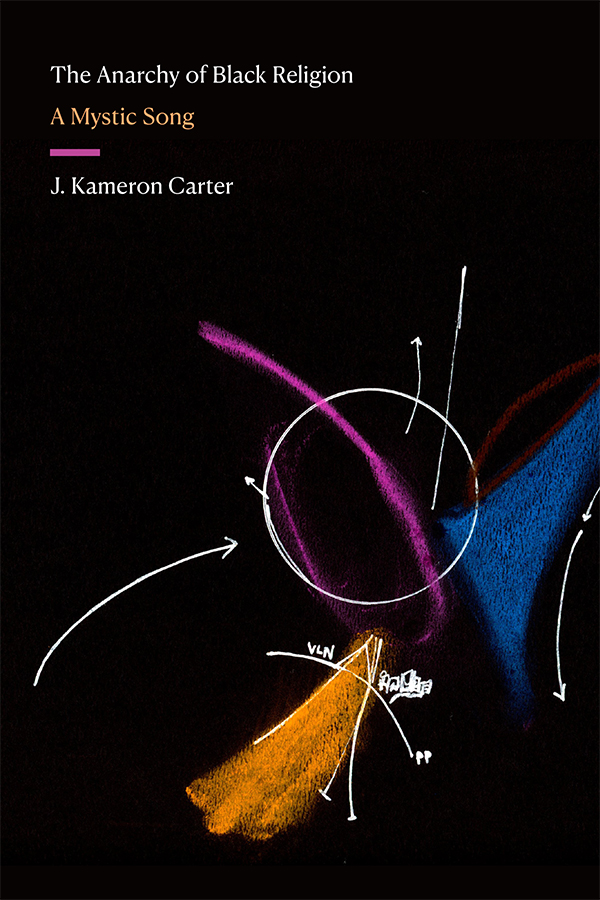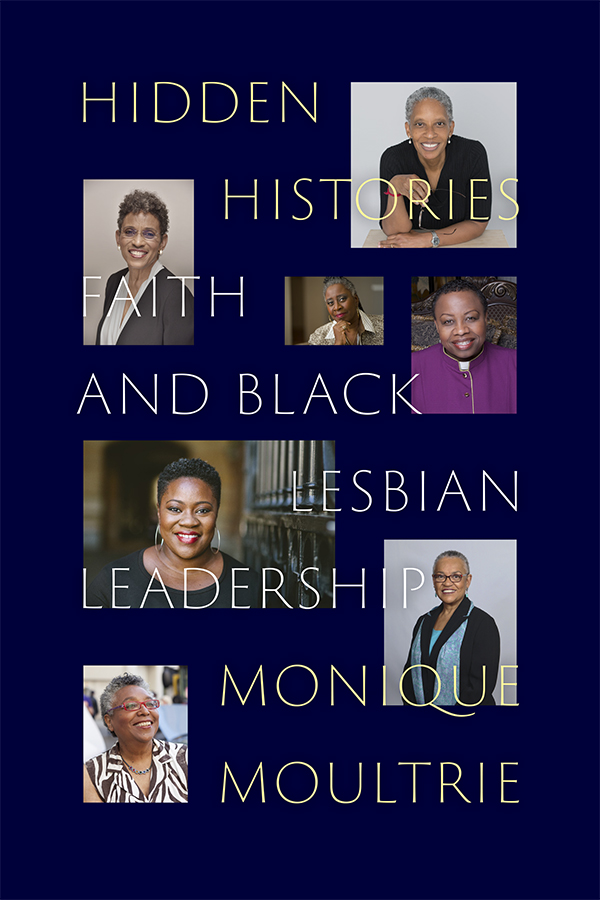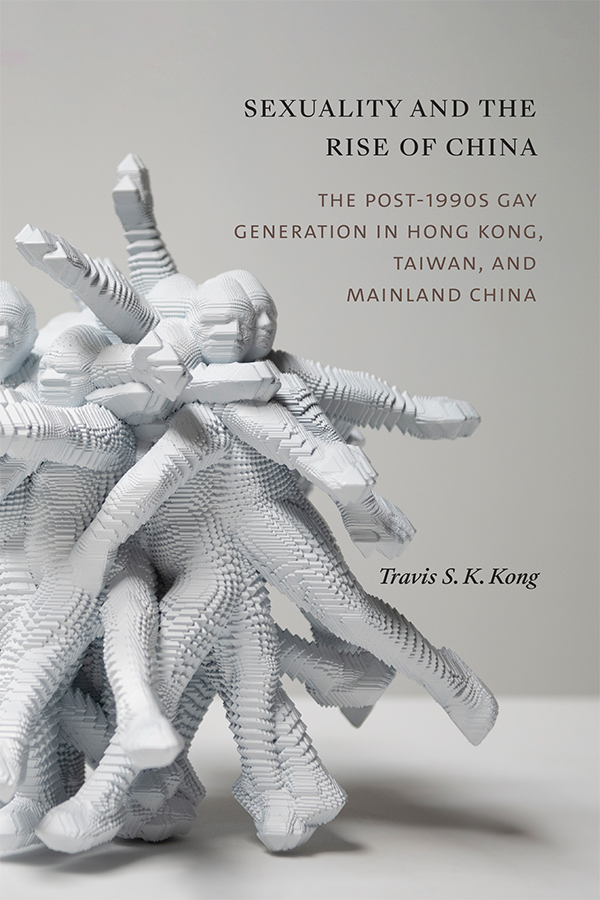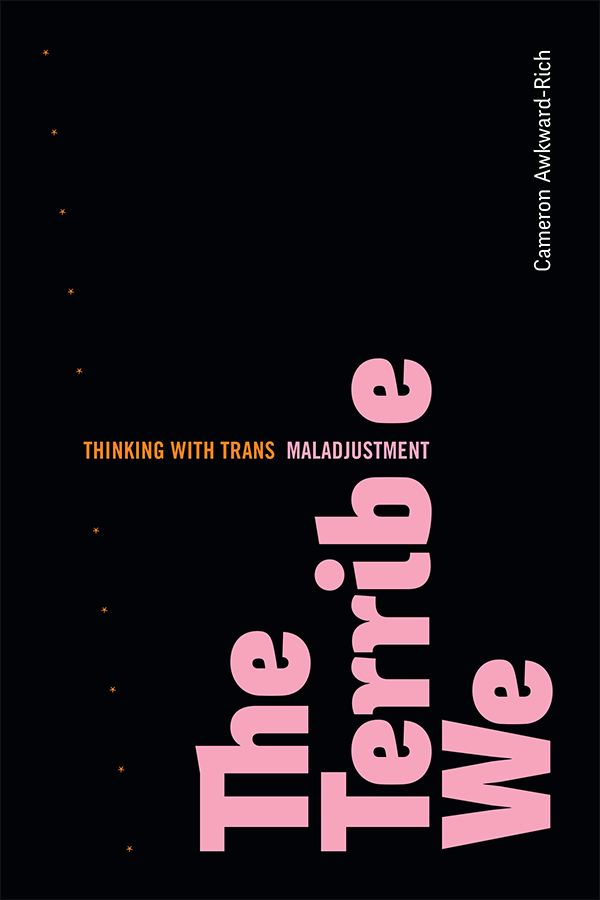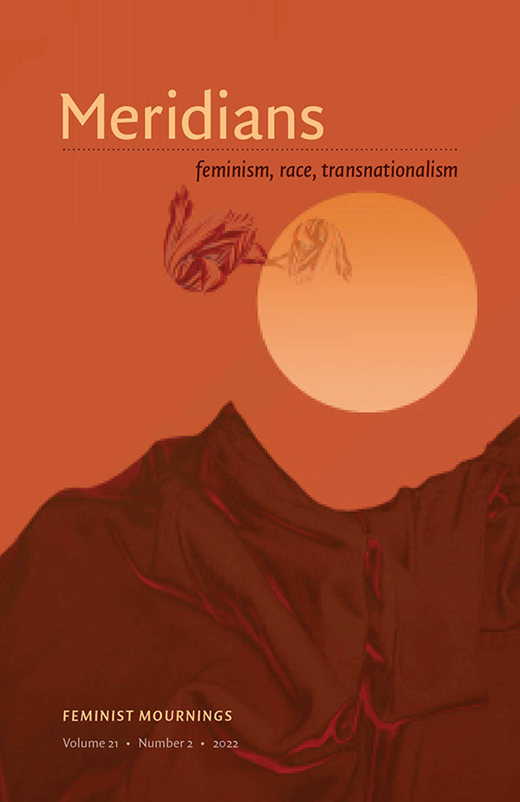Happy Pride Month! To celebrate, we’ve curated some of our recent titles that focus on queer studies, trans studies, and LGBTQ+ histories.
In Feminism against Cisness, an essay collection edited by Emma Heaney, the contributors showcase the future of feminist historical, theoretical, and political thought freed from the conceptual strictures of cisness, a fallacy that assumes assigned sex determines sexed experience.
Matthew Chin’s Fractal Repair interrogates queerness in Jamaica from the early colonial occupation period to the present, critically responding to Jamaica’s reputation for homophobia and anti-queer violence.
In Closures, Grace Lavery reconsiders the seven-decade history of the American sitcom to show how its reliance on crisis and resolution in each episode creates doubts and ambivalence that depicts heterosexuality as constantly on the verge of collapse and reconstitution.
Unsettling Queer Anthropology, a field-defining volume edited by Margot Weiss, foregrounds both the brilliance of anthropological approaches to queer and trans life and the ways queer critique can reorient and transform anthropology.
Platinum Bible of the Public Toilet presents ten queer coming-of-age stories of young boys and men as they explore their sexuality and desires in contemporary China. The author, Cui Zi’en, is China’s most famous and controversial queer filmmaker, writer, scholar, and LGBTQ rights activist.
In Primitive Normativity, Elizabeth W. Williams traces the genealogy of a narrative about the primitive normativity of African sexuality that British colonial authorities in Kenya used to justify their control over African populations.
Katherine Brewer Ball’s The Only Way Out argues that escape is a key site for exploring American conceptions of freedom and constraint, showing how Black and queer escape are forms of radical practice.
Drawing on the history and ethnography of the trans communal life in Istanbul, Violent Intimacies by Asli Zengin traces how trans people in Turkey creatively negotiate and resist everyday cisheteronormative violence.
In A Part of the Heart Can’t Be Eaten, award-winning author, sex educator, speaker, and podcast host Tristan Taormino shares her coming-of-age story in which she reveals how the roots of her radical sexuality and career grew out of an extraordinary queer father-daughter relationship.
Moon Charania explores feminine dispossession and the brown diaspora through a reflection on the life of her mother in Archive of Tongues, recovering otherwise silenced modes of brown mothers’ survival, disobedience and meaning-making that are often only lived out in invisible, intimate spaces.
In Abundance, Anjali Arondekar refuses the historical common sense that archival loss is foundational to a subaltern history of sexuality by theorizing the radical abundance of sexuality through the archives of a caste-oppressed Devadasi collective in South Asia.
Drawing on fieldwork in the minimal techno and house music sub-scenes in Chicago, Paris, and Berlin, Luis Manuel Garcia-Mispireta’s Together, Somehow shows that people get along and share the dancefloor by an intimacy and belonging rooted in affect.
In Nimrods, an edgy and unconventional memoir, author Kawika Guillermo reflects on being a newly minted professor, fatherhood, alcoholism, and suicidal ideation as well as his many attempts to flee from American gender, racial, and religious norms.
In Unseen Flesh, Nessette Falu explores how Black lesbians in Brazil define and sustain their well-being and self-worth against persistent racial, sexual, class, and gender-based prejudice within hostile gynecological spaces.
In The Bars Are Ours, Lucas Hilderbrand offers a panoramic history of gay bars in the United States, demonstrating the central roles that bars have played in queer public life across the country.
Drawing on interviews with queer families in Australia who must navigate varied transnational reproductive markets and policies, Jaya Keaney demonstrates how queer family making fosters a queer multiracial imaginary of kinship in Making Gaybies.
Intoxicated by Mel Y. Chen explores how the mutual entanglements of race, imperialism and disability take form as a racialized and marginalized intoxicated subject.
The contributors to Pakistan Desires offer a multidisciplinary view on figures and forms of queerness in Pakistan, inviting reflection on queer’s myriad meanings in Pakistan and explore how desire can serve as a mode of queer future-making.
